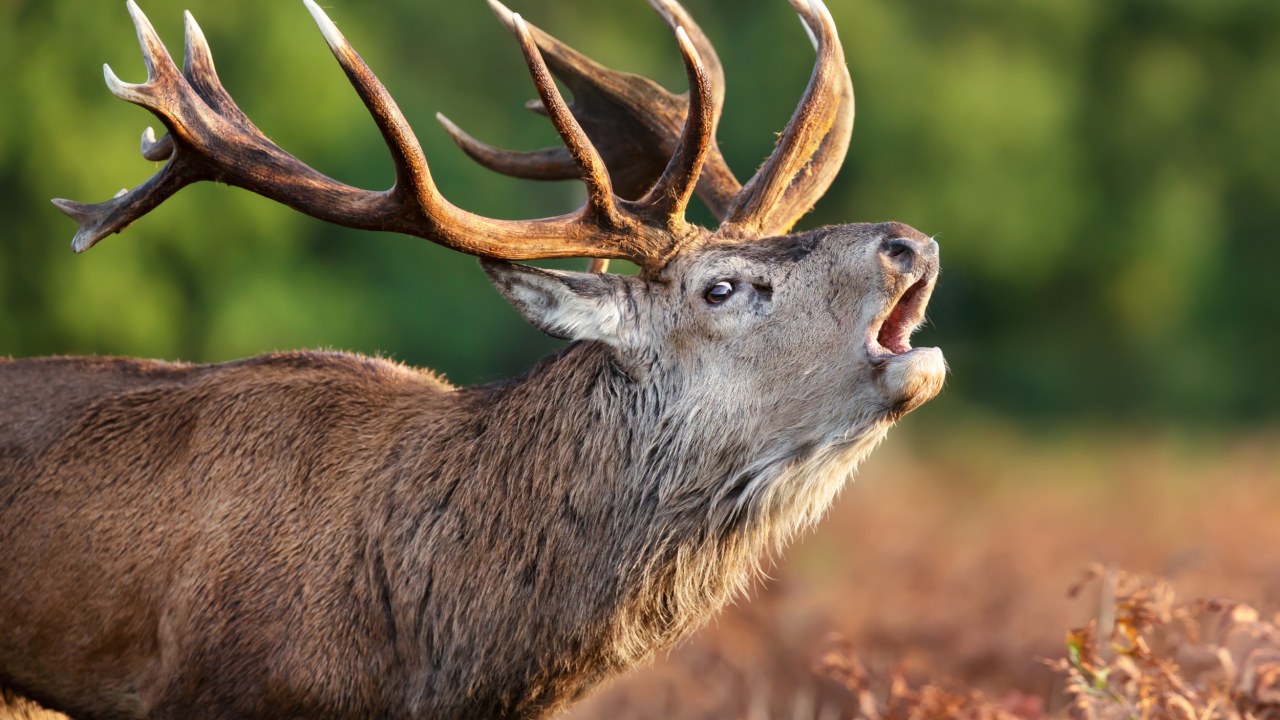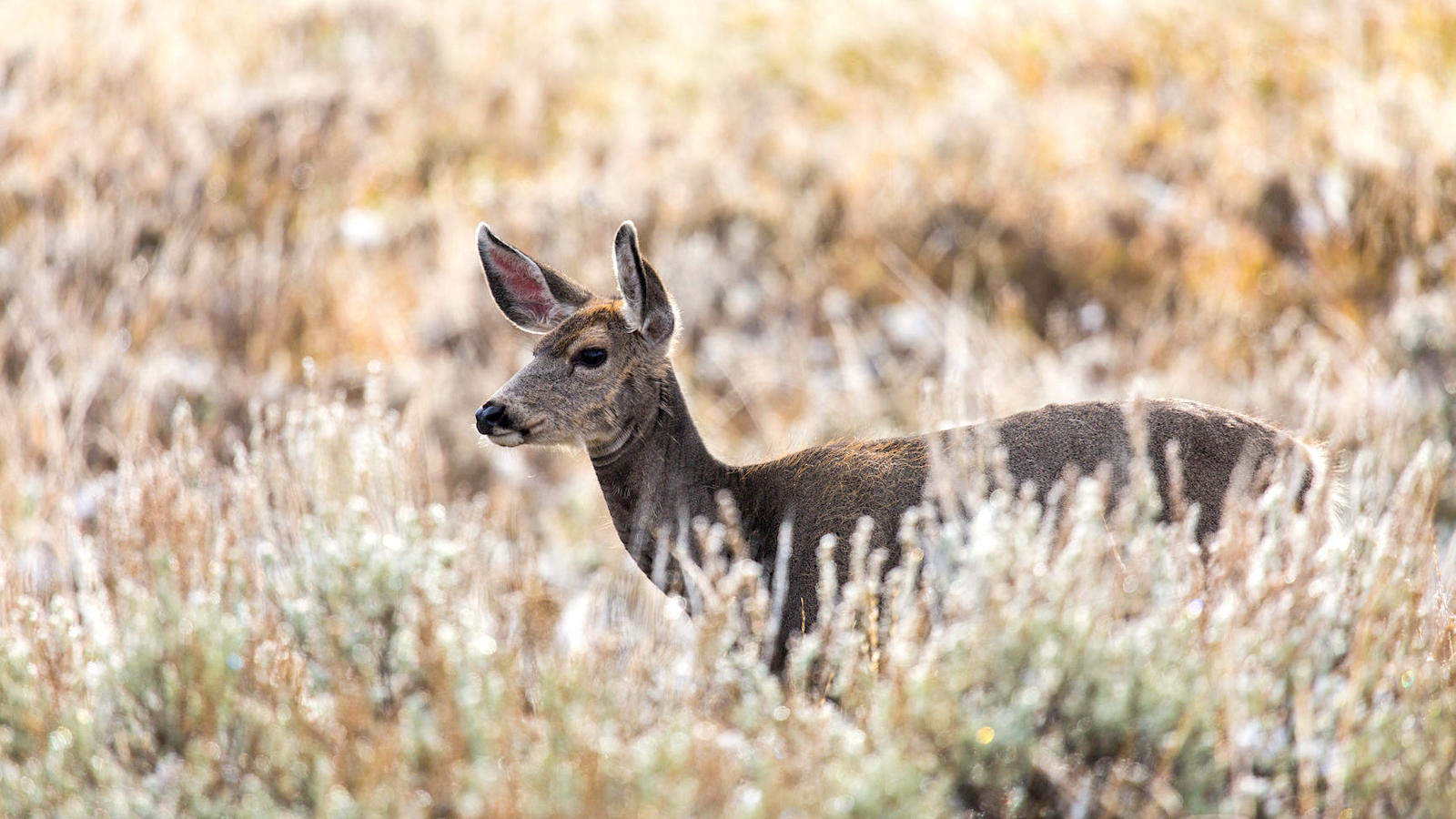The geysers aren’t the only things causing concern at Yellowstone National Park. Officials are cautioning visitors to avoid wildlife encounters following the discovery of a “zombie” deer near Yellowstone Lake, a popular area within the park.
The adult mule deer was found deceased and was determined to have chronic wasting disease (CWD), a contagious and fatal illness affecting deer, reindeer, elk, and moose.
Symptoms of CWD can resemble those of zombies, including excessive drooling, drooping ears, head tremors, teeth grinding, and reluctance to move. Currently, there is no vaccine or treatment available for the disease.
The deer, which had been tagged by Wyoming’s Game and Fish Department in March, was found dead in October, as indicated by its GPS collar. Samples collected from the carcass tested positive for CWD at the Wildlife Health Laboratory.
CWD has been detected in both wild and captive animals across 31 US states, two Canadian provinces, South Korea, and parts of Europe, affecting species like reindeer and moose.

While it has been present in Wyoming since the 1980s, this is the first known case within Yellowstone National Park.
Animals contract CWD through direct contact with infected animals or indirectly through contaminated environments such as soil, vegetation, or feces.
Symptoms may take over a year to appear, and some infected animals may die without exhibiting clear signs of the disease.
The National Park Service emphasized uncertainty about the long-term impact of CWD on the park’s deer, elk, and moose populations.
However, they underscored that there is no current evidence suggesting CWD can infect humans or domestic animals.
Despite this, experts caution against consuming meat from infected animals. Park officials are planning increased testing and monitoring efforts in response to the discovery.
